A year ago, I was sitting across from a BSP client, who I’ll call Jill, chatting with her about her nutrition, when I noticed she seemed upset. We were discussing what she had been working on and how it was going, and it sounded as if she was crushing it. She was doing everything she was supposed to be doing.
To give some context, Jill had been training at BSP for a few months at this point, and she had seen a lot of progress: increased strength, more energy, better endurance.
But not the progress she wanted.
At one point during our conversation, she mentioned not losing as much weight as she had hoped to, so I said to her, “Jill, I get that. I know how hard you’ve been working to lose weight, and because of that, you had hoped to have lost more by now.”
“Yeah, it’s frustrating. Because I have been eating better. I improved my lunch.”
“I totally get that,” I said. “And it’s great you improved your lunch since you weren’t getting enough protein in, that was a good first step. But since you’re still not where you want to be weight loss wise, why don’t we discuss some next steps?”
“Sure, that would be great,” Jill said.
What was it though? How had Jill improved the quality of one of her meals, yet not seen any progress?
It’s simple: the nutrition issue wasn’t what she was eating at her meals.
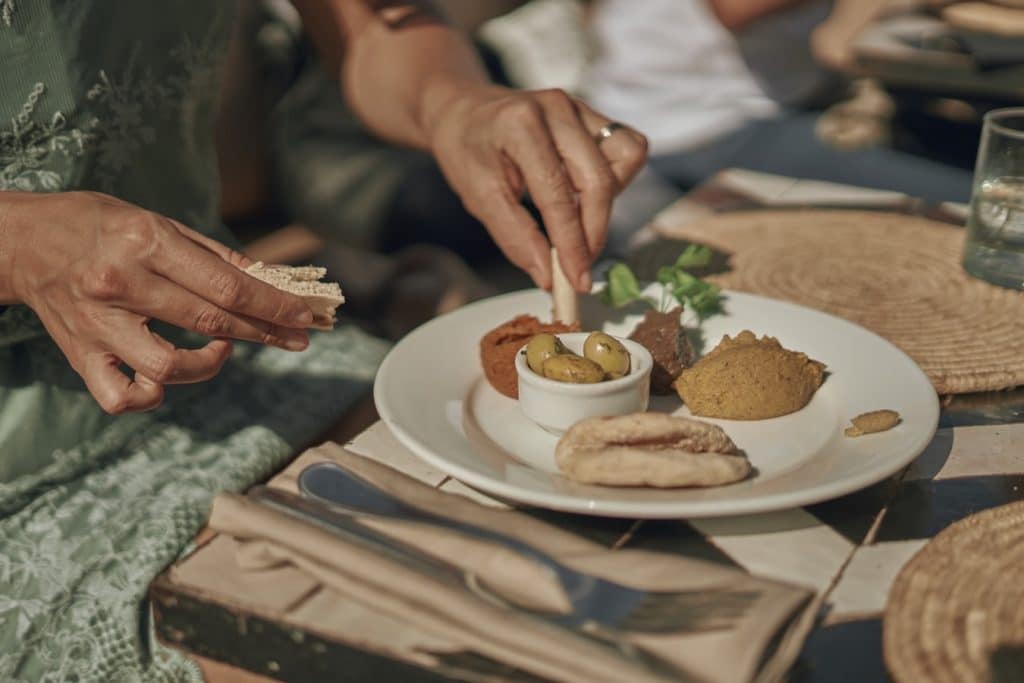
Snacks Are Available So We Eat Them
Jill’s lunch had improved some, this much was true. Unfortunately, it wasn’t enough of a change to cause the weight loss she was striving for, that she was working so hard for.
The issue, Jill found out, was what she ate between meals.
During our conversation, she mentioned that between breakfast and lunch she had a snack—and sometimes a couple snacks. Jill had gotten so used to grabbing some peanuts, almonds, etc., at work, that it had become a habit; she did it without thinking.
Jill hadn’t thought to mention it at first, because, well, she didn’t think about it. It was an invisible part of her routine until we had talked about what she ate in a normal day. At first, she thought, “It’s just a few nuts. No big deal.”
Except it was a big deal.
The “just a few nuts” was usually several handfuls. When this is done a couple times a day, and that’s compounded over time—over weeks, months, years—it adds up. A lot.
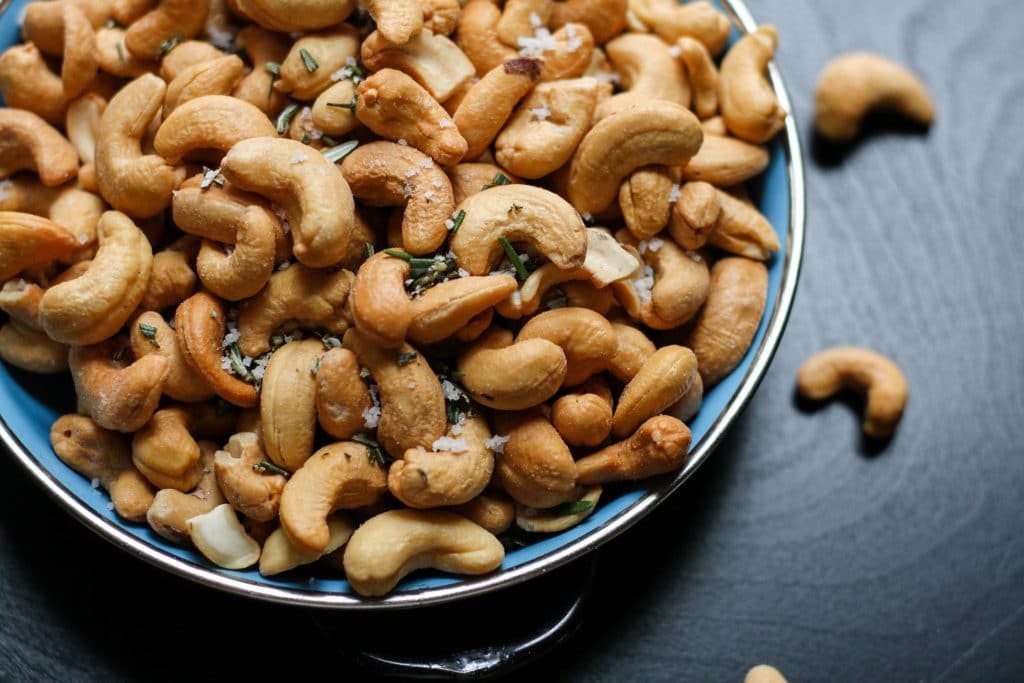
As Josh Hillis said, “Most people’s issue with getting lean or losing weight isn’t what they eat at meals; it’s what they eat between meals. Basically, they snack or graze all the time…for reasons that have nothing to do with actual hunger.”
So, in reality, it’s not “just a few nuts,” or “just a snack.” Saying that implies that it doesn’t really have much impact on us and our health, but it does.
Most of us snack. At times this is done deliberately—on a special occasion or to fuel a workout—but more often than not, it’s for other reasons: to avoid boredom, anxiety, or other unwanted feelings and emotions.
Snacks are available so we eat them.
And to be clear, lots of things can be snacks. Not just obvious things like donuts and ice cream. Cream added to coffee is a snack; granola bars and protein bars are snacks. And, like Jill found out, nuts are snacks too.
Why Do You Snack?
“If you find you’re getting hungry two hours after a meal, you know something is off. It’s possible your previous meal was too small or unbalanced, and you actually are hungry.” -Josh Hillis
At this point, Jill understood why snacking wasn’t the best idea: it added unnecessary calories each day.
I was still curious about something though, so I asked Jill, “Why do you snack between breakfast and lunch?”
“Well, I know it’s not because I’m bored or eating stressed or anything. It’s usually because I’m hungry before lunch.”
Bingo! Not only did Jill have great awareness of why she didn’t snack—out of boredom or unwanted emotions—but she understood why she did: she was hungry.
Jill was getting hungry between breakfast and lunch, which, based on when she typically snacked, would put the snacking around 2-3 hours after breakfast.
Let me pause here for a moment. I want to confess something: I lied to you in the beginning of this article. I know I know, please don’t hate me—let me explain.
I said Jill’s nutrition issue wasn’t what she ate at meals, but that was only partly true. It’s true that her snacking caused her to eat extra calories each day, but it was part of another issue: she wasn’t plating enough food at breakfast—or it wasn’t balanced enough—to keep her full until lunch.
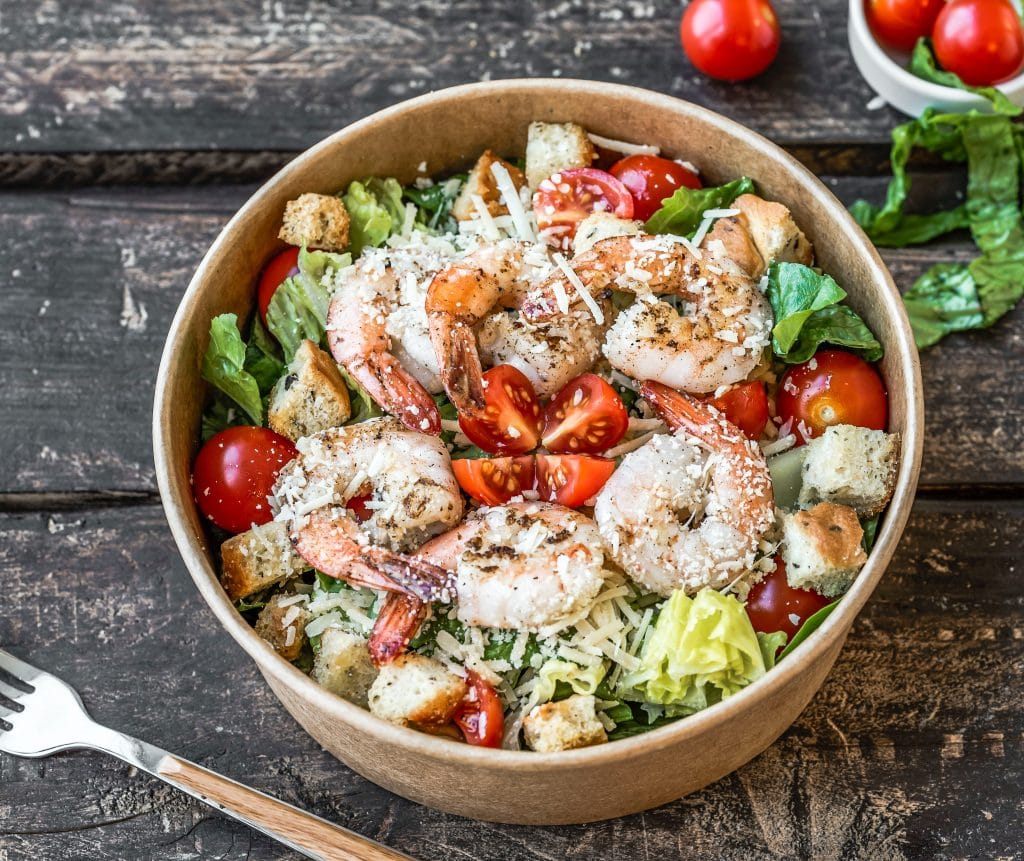
So, how do we know when to eat?
When it comes to snacking a guideline can be helpful: we should eat a balanced meal every 4 to 6 hours. That is the standard we shoot for. Sometimes it will be closer to four hours; sometimes it will be closer to six hours.
Either way, that’s the range. Why is that helpful? Because we can use it to better understand our meals and hunger signals.
In Jill’s case, this was an indication that her breakfast wasn’t sufficient enough to keep her satiated—or full—until lunch. Her breakfast wasn’t filling enough. Maybe there weren’t enough veggies, maybe not enough protein, but either way, it wasn’t enough.
So what did Jill do? She started making a vegetable stir fry for breakfast to add more veggies to her meal. By doing so, she was now staying full longer, and didn’t feel the need to snack because she wasn’t getting hungry before lunch anymore.
Now, after making that small nutrition change—along with a few other changes she made—she’s lost over 10 pounds! And she’s been keeping it off for some time now. She no longer feels the need to snack in between meals, because she knows how much to eat at breakfast to keep her from getting hungry at work.
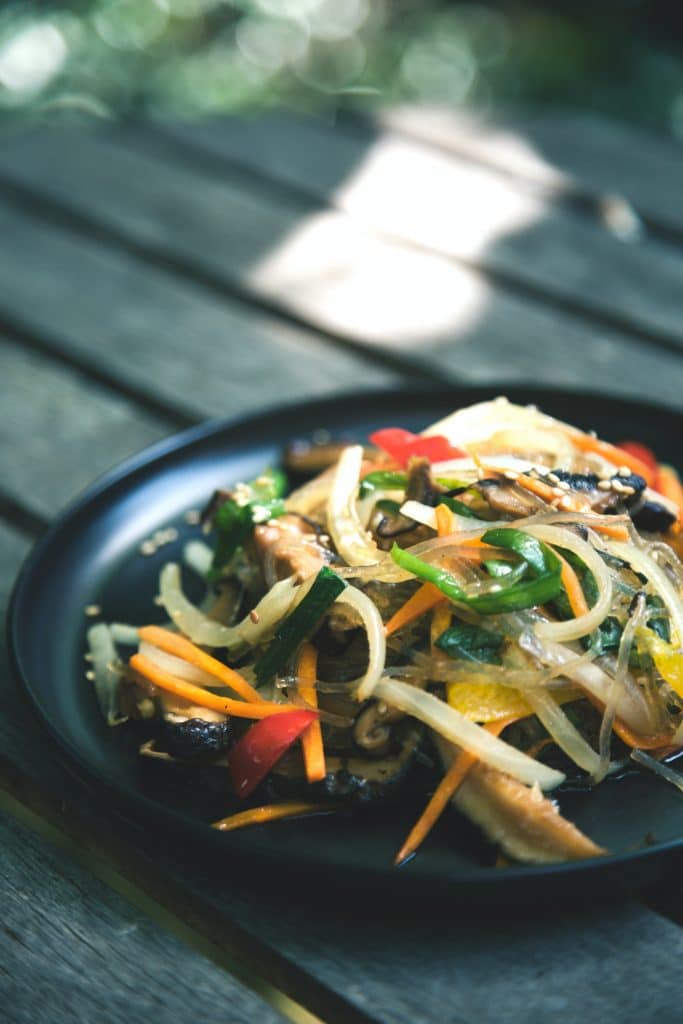
Where Do You Start?
Start with the guideline in mind, because it’s an awesome place to start; it gives you awareness of when you eat. Think back to Jill’s story: she wasn’t aware of snacking between breakfast and lunch, because it was automatic.
“Pssh, I would know if I’m snacking or not, so that’s not my issue,” you might say. It might not be.
Remember though, snacking comes in many forms. Adding that extra bit of cream to your coffee adds up. Eating a little extra peanut butter with your sandwich adds up. A few handfuls of nuts adds up.
That’s not to scare you, but to help you. Snacks are sneaky. Start with the guideline.
Hunger builds over time, so if you notice a couple hours after eating a meal that you’re hungry, step back for 10 minutes and see if it’s still there. If you still feel in your stomach that you’re hungry, and the feeling builds from there, then you probably didn’t have a big enough meal.
On the contrary, if it’s been six hours and you aren’t hungry at all, then you probably ate too much at that last meal. The guideline creates awareness around snacking.
And, by the way, I understand this can be overwhelming. Nutrition is complex. Weight loss is complex. Both can be simplified though, and we’d be happy to help. If you’d like some guidance during your weight loss journey, then check out the link below to claim your free week at BSP NOVA.
Source:
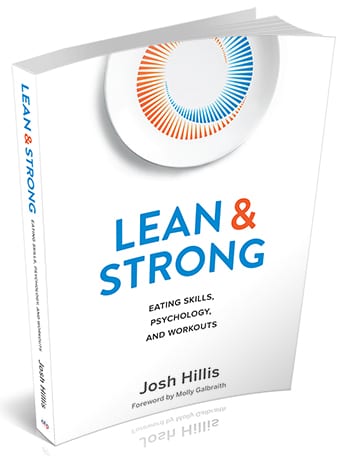
Lean and Strong by Josh Hillis
